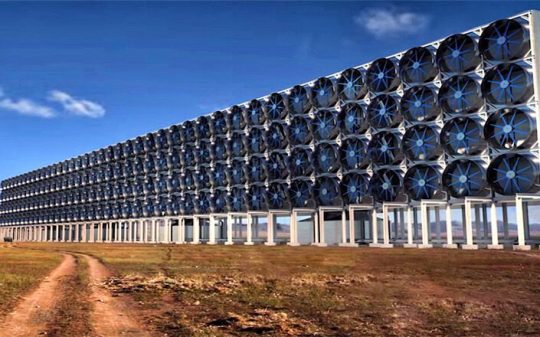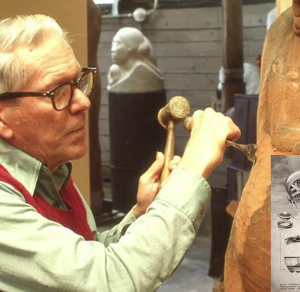If solar energy panels are so firmly believed to be the energy source for the future, think about the possibility of capturing the carbon dioxide (CO2) from the ambient air like trees do, and turning that into green energy.
According to popular belief, carbon dioxide is mainly known as a contributing factor for the greenhouse effect. The most blamed in this matter are the industrial plants and giant chimneys for releasing huge amounts of gas into the atmosphere, but the volume of these emissions is not even close to the 24% of global carbon dioxide emissions released into the atmosphere by all the fuel burning vehicles that represent the transport sector.
As the population grows, so does the need for more means of personal and common transportation, which leads to an exponential increase of CO2 emissions that are much harder to limit and capture. Although it is possible to trap CO2 out of a smoke stack, so far there have been made no innovations concerning the carbon dioxide already released into the atmosphere by cars, industrial plants, planes etc. One reason is that atmospheric CO2 is 300 times less concentrated than the exhaust of a fossil-burning facility and thus much harder to sequester.
[iframe id=”https://www.youtube.com/embed/GkEAA7VnyhE” mode=”normal”]
A new chapter in our progress was written at the beginning of this year, in Squamish, British Columbia, where a company upheld by Bill Gates, called Carbon Engineering, started the building of the first air-capture carbon dioxide demonstration plant. After years of development and testing, Carbon Engineering is now ready to implement their technology on a global scale. We are witnessing a historical moment as we are looking at a revolutionary product that will be marked in history as probably the best invention ever.
Mankind’s innovations are inspired from the surrounding nature, where the keen eyes of brilliant minds have reached. But why reinvent the wheel when it already grows in shape around you? Why not instead of coming up with some time consuming contraption, use something that already does the job?
First, attempting to capture CO2 by farming more plants would require incredible amounts of agriculturally fertile terrain, but land insufficiency and a multitude of efficiency parameters make this venture a low performer. Point awarded to the air-capture facility, which would require a thousand times less space to achieve the same CO2 capture potential as agricultural land. Another great advantage the air-capture facility holds is the possibility of building on barren fields and deserts.
Assisted by a team of scientists, the executive chairman of Carbon Engineering, who is also a professor at the Harvard University School of Engineering has been capturing carbon dioxide for several years at a prototype contractor at the University of Calgary. This prototype has been absorbing the emissions from 15 vehicles or almost 100 kilos of carbon dioxide per day.
What made this technological miracle real was a system that intakes air, passes it through a CO2 absorbing liquid that stores 80% of the carbon dioxide into a solution for further processing. The contained CO2 will be filtered from the carbonate solution and reintroduced in the production of liquid hydrocarbons that are proven to work with our transport infrastructure and have a low carbon intensity.
Putting together the bricks of the demo plant by the end of 2016 is the last step for Carbon Engineering before launching a commercial version of the air-capture plant, by 2017, and hopefully closing the closing the CO2 cycle the Industrial Revolution started.
Photo Credit: Carbon Engineering











